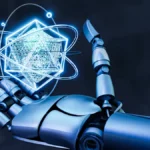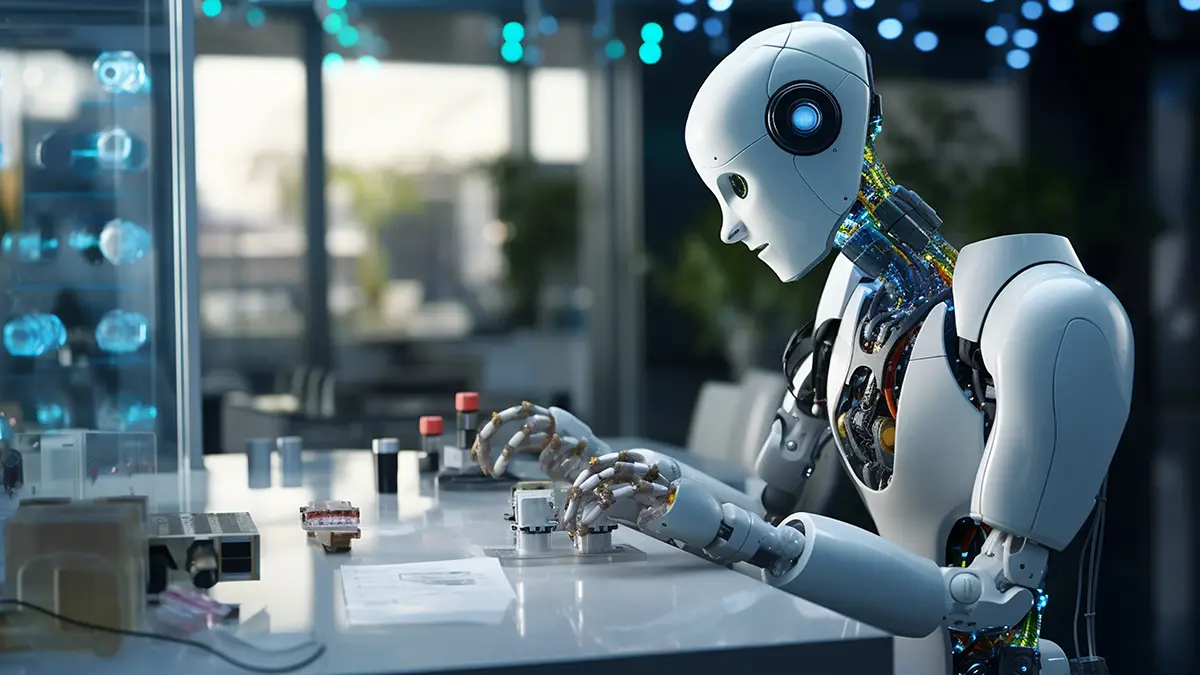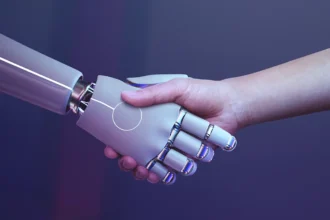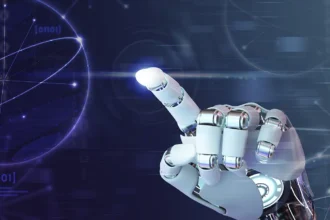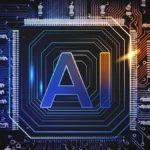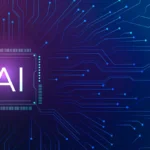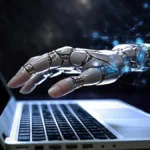Artificial Intelligence (AI) is changing the world as we know it, and with that change comes a flurry of myths, misconceptions, and misunderstandings. If you’re looking to dive into AI learning, pursue a career in AI, or simply stay informed, it’s crucial to distinguish between fact and fiction. In this article, we’ll debunk 8 AI myths that are holding you back from understanding the true potential of this powerful technology. Ready to get started?
1. AI Will Replace All Human Jobs
Myth: AI will inevitably replace every job, and soon, humans will have nothing to do.
Fact: While AI is automating tasks and changing industries, it’s not replacing every job. Instead, AI is reshaping job roles, enabling humans to focus on more strategic, creative, and interpersonal aspects. According to reports, AI will create millions of new jobs, especially in fields related to data science, AI programming, and digital marketing.
AI’s role in the workforce is to complement human intelligence, not replace it. For instance, in customer service, AI chatbots can handle repetitive queries, but human agents are still needed for complex and emotional support cases.
Key Takeaway: AI won’t steal your job. Instead, it will change how we work, making some tasks easier and freeing up time for higher-value work.
2. AI Can Think and Feel Like Humans
Myth: AI has consciousness and emotions similar to human beings.
Fact: Despite impressive advancements, AI is far from being sentient. It lacks emotions, desires, or self-awareness. What AI can do is simulate decision-making processes based on data. Machine learning algorithms analyze patterns and make predictions or decisions, but they do not “think” like humans.
For example, while an AI may recognize your face and suggest products based on your shopping history, it doesn’t “know” what it’s doing or feel excitement about your preferences.
Key Takeaway: AI can process data in powerful ways, but it does not have consciousness or emotional intelligence.
3. AI Is Only for Tech Experts
Myth: To work with AI, you need to be a computer science genius or a data scientist.
Fact: While AI was once an area reserved for highly specialized professionals, it has become more accessible. There are many online courses, certifications, and job opportunities for people from various backgrounds. Learning AI is no longer limited to engineers or coders—people in marketing, healthcare, education, and other industries are benefiting from AI knowledge.
In fact, many universities and platforms like Coursera, edX, and Udemy offer beginner-friendly AI courses tailored to those new to the field.
Key Takeaway: You don’t need to be a tech expert to understand or work with AI. You just need the right tools and learning resources.
4. AI Can’t Be Creative
Myth: AI is limited to logic and can’t be creative or innovative.
Fact: AI has shown remarkable creativity, especially in fields like art, music, and design. AI tools are capable of generating unique artwork, composing music, and even writing articles, all by learning patterns and styles from vast datasets. For example, AI-generated art like “Edmond de Belamy” (created by the Paris-based collective Obvious) has made waves in the art world.
Though AI may not have human-like inspiration, it can definitely enhance creativity, providing artists, designers, and musicians with new tools for expression.
Key Takeaway: AI is not just logical—it can be highly creative and is already contributing to artistic fields.
5. AI Is Only About Robots
Myth: AI only refers to robots, machines, or physical devices that perform tasks.
Fact: While robots are a visible application of AI, the technology is much broader. AI is behind algorithms that personalize your social media feed, provide medical diagnoses, and even help optimize business processes. From facial recognition on your phone to natural language processing in virtual assistants, AI is embedded in everyday software and systems.
AI doesn’t need to be a robot to be powerful—many of its applications are intangible and focused on improving decision-making and efficiency in various sectors.
Key Takeaway: AI is more than just robots. It’s a powerful tool embedded in the digital systems that surround us.
6. AI Will Become Smarter Than Humans in the Near Future
Myth: In a few years, AI will surpass human intelligence and become uncontrollable.
Fact: While AI is evolving quickly, achieving “superintelligence” is still far from a reality. Current AI systems are designed for specific tasks (narrow AI), and they excel in those areas, but they still lack the general intelligence humans possess. Even in the most advanced AI systems, there’s no real consciousness or ability to think abstractly as humans do.
The concept of AI becoming self-aware and surpassing human intelligence is still speculative, and experts believe that AI will always need human oversight.
Key Takeaway: We’re far from AI overtaking human intelligence. Current AI systems remain narrow and focused on specific tasks.
7. AI Is Infallible
Myth: AI is always accurate and unbiased, so we can trust it completely.
Fact: AI is only as good as the data it’s trained on. Biases in training data can lead to biased AI outcomes, as seen in the controversies surrounding AI systems used in hiring and criminal justice. Additionally, AI systems can make errors, especially when faced with unusual or unpredicted scenarios.
For example, AI facial recognition systems have been shown to have higher error rates for certain demographics, especially people of color. As such, relying on AI without human oversight is a dangerous assumption.
Key Takeaway: AI is powerful, but it’s not perfect. It still requires oversight and checks to ensure fairness and accuracy.
8. AI Doesn’t Need Human Intervention
Myth: Once an AI system is in place, it can operate entirely on its own without human intervention.
Fact: AI systems do require human involvement for training, fine-tuning, and supervision. They need to be regularly updated and monitored to ensure they are performing optimally. Moreover, human judgment is critical for interpreting AI results in complex situations. For example, autonomous vehicles use AI for decision-making but still rely on human drivers for backup control and oversight in case of emergencies.
Key Takeaway: AI needs human input to stay relevant and operate effectively. It’s not a “set it and forget it” solution.
Frequently Asked Questions (FAQs)
Is AI dangerous?
AI itself is not inherently dangerous. The risk comes from how it’s used. Properly regulated AI can greatly benefit society, but misuse or poor oversight can lead to issues such as job displacement or biased decision-making.
Can AI create jobs?
Yes! AI is expected to create new job opportunities in sectors like AI programming, machine learning, data science, and digital marketing, while also transforming existing jobs.
Do I need a tech background to learn AI?
Not necessarily. While technical knowledge is helpful, anyone can start learning about AI with the right courses, resources, and motivation.
What are the most common applications of AI?
AI is used in a wide range of applications, including recommendation systems (Netflix, Amazon), autonomous vehicles, medical diagnostics, customer service chatbots, and fraud detection in finance.
READ MORE : 8 Tips to Master Artificial Intelligence in 2024
Conclusion
Debunking these common myths about AI is essential to understanding the true potential of this incredible technology. Whether you’re looking to advance your career, improve your business processes, or simply learn more about AI, separating fact from fiction will put you on the right path.
If you’re eager to stay informed about AI trends, courses, jobs, and internships, don’t forget to join Artificial Intelligence Topics on social media, sign up for push notifications, and subscribe to our newsletter for instant updates on everything related to AI.








